The content of the article
A motorcycle is considered to be a risky mode of transport, in large part because this kind of equipment has only 2 wheels. Experienced bikers unanimously reiterate that the ability to brake correctly is considered an integral part of riding a motorcycle. Due to the instability, the vehicle easily collapses on its side, which leads to emergency situations. There are frequent cases when beginners are braked until the wheels are completely blocked, causing a fall and the so-called “slipping” (motorcycle slipping on asphalt).
Motorcycle braking risks
Bikers with experience know firsthand that braking needs to be worked out for a long and tedious way. Such a move eliminates premature wear of parts, and also prevents a possible accident.
- The primary mistake that beginner riders make is to fully squeeze the rear brake pedal. In this case, the motorcyclist also opens the throttle, which leads to a skid of transport. In such a situation, it is almost impossible to level the motorcycle, one result - a fall.
- It becomes especially risky to brake on a motorcycle in cold weather, when the asphalt is not warm enough. Under these conditions, the rubber "clings" poorly to the coating, as a result of which the length of the braking distance increases. The same applies to driving in the rain, when the dust is beaten to the road, forming a slippery canvas.
- A common mistake made by motorcyclists is considered to be an overly slow reaction and inexperience. The beginner does not have time to concentrate and use two brakes at the same time, this leads to loss of control over the vehicle.
- In most cases, accidents occur due to an incorrectly estimated distance to the vehicle moving in front, the weight of the motorcycle and the area of contact of the rubber with the coating.
- Inexperienced motorcyclists often forget to use the rear brake pedal, as a result of which they try to stop the front in emergency situations. As a result of such an outcome of events, the wheel is blocked, which, again, provokes an imminent fall.
Normal motorcycle braking
When driving on a flat surface, lined in a straight line, the contact patch of the front wheel with asphalt is not much smaller than the rear. During braking, the weight distribution of tires changes under the influence of various factors, whether it is opening / closing gas or possible irregularities.
As a result of this, the front wheel is loaded more, which is why the braking distance is overcome using a hand brake. In cases where braking will be performed by the rear brake, the braking distance automatically increases by 2–2.5 times, since the wheel is not loaded in this part of the motorcycle.
For this reason, even novice bikers know that you need to brake with a hand brake (front), but do not forget about the foot brake, since when braking, the weight is automatically distributed to the rear axle as well. This suggests that the use of a foot brake at the beginning of the braking process will help to carry out the procedure smoothly and at times faster. Let's consider an approximate analogy.
To brake correctly as soon as possible, first apply the rear brake. You will feel how the motorcycle “sags”, then confidently, but not fully, depress the front brake. Weight distribution front-back should be in a ratio of 60: 40%, it all depends on the length of the braking distance.
Emergency motorcycle braking
Moving around the city, many motorcyclists are often faced with emergency situations that other road users are exposed to.Hence the need for emergency braking, which must be mastered without fail.
First of all, sit on the motorcycle correctly. Move the pelvis away from the tank as far as possible, while clamping the tank with your knees, grouped. Spread your arms at your elbows, never fold them. Next, follow the instructions described below.
Completely close the gas and begin to squeeze out the rear brake smoothly, in no case do not apply pressure against it until it stops, otherwise the wheel will lock. Make sure the bike is upright (perpendicular to the cover, not at an angle).
Move the basin away from the tank to load the rear wheel, restoring balance. Keep your foot on the foot brake and two fingers on the hand. Apply the rear brake once more, then slightly on the front brake (about 15-20%), squeeze the clutch to the end, evaluate the degree of pressing on both levers. If you lock the wheel, release the desired brake, wait for the restoration of work.
Slippery braking
The emergency braking described above consists in using a majority of the rear brake. Similarly, a motorcycle stops on roads with slippery surfaces (ice, rain, sand, etc.).
However, there are features that must be considered. Remember forever that when stopping in the sand the braking distance increases by 3.5–5 times, the same applies to driving in the rain (the first drops that dust the asphalt are considered dangerous).
The first thing to do if you need to slow down is focus. After that, start to brake the rear wheel, trying to level the motorcycle. Next, continue to apply the foot brake, adding a manual brake to it (about 20%).
When you stabilize the motorcycle, continue braking, but do not allow the wheels to lock. If this happens, release the desired lever, wait for the resumption of work.
Braking on a motorcycle requires concentration and attention to detail. A similar skill comes with experience; it cannot be learned for 2-3 days. When driving on a straight, straight road, use the front brake in combination with the rear brake (about 35-40%), in emergency situations, load the rear fork, focus on the foot brake.
Video: how to brake on a motorcycle

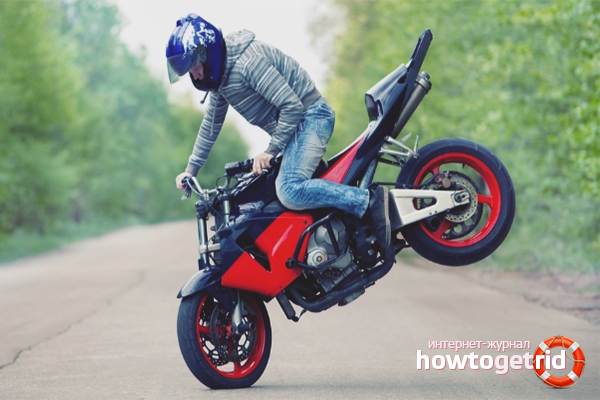
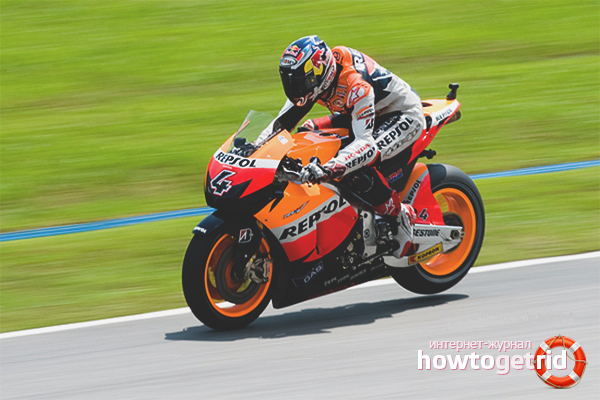
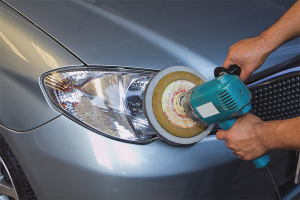
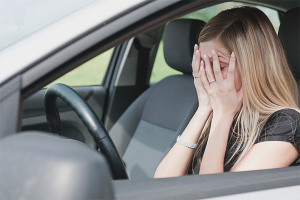
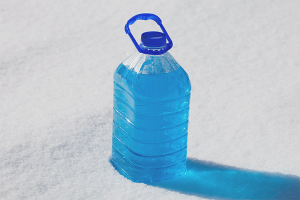
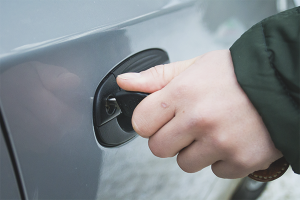
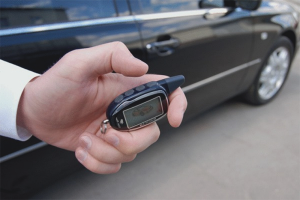
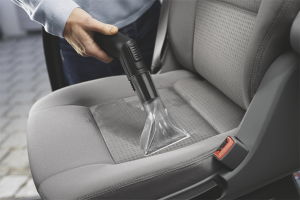
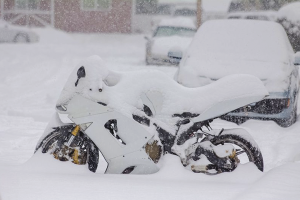
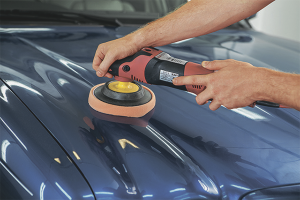
Submit